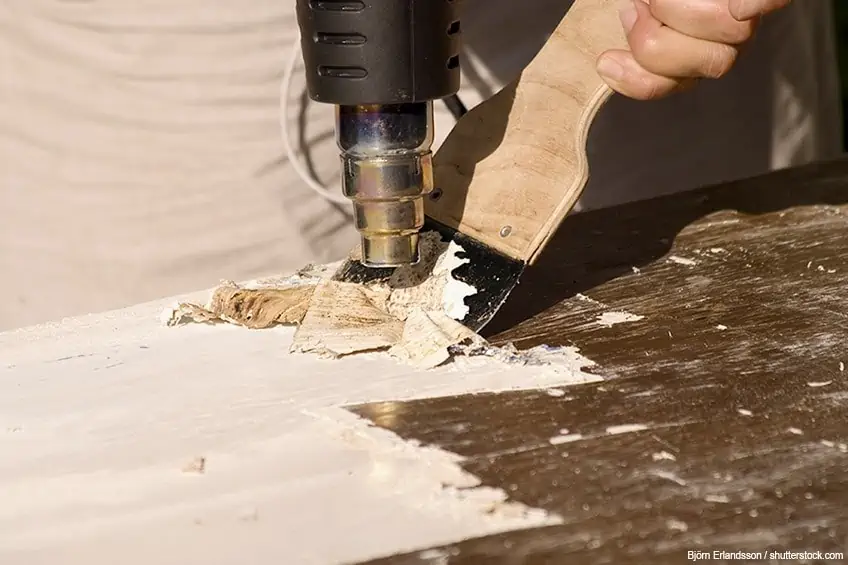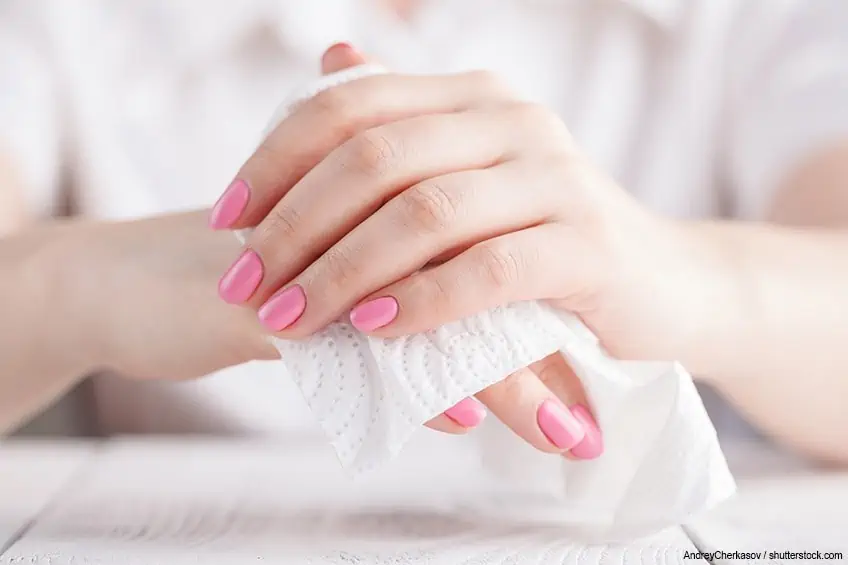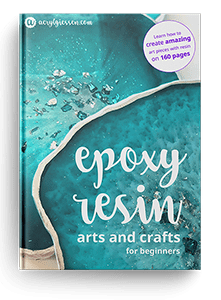How to Remove Epoxy – The 8 Best Methods Removing Epoxy
This post may contain affiliate links. We may earn a small commission from purchases made through them, at no additional cost to you. You help to support resin-expert.com
What to do if you want to remove epoxy resin from surfaces? Or if resin accidentally gets on the skin? In this article we will show you the 8 best methods to remove casting resin.
Table of Contents
How to Remove Epoxy
Epoxy adhesives and epoxy resins are versatile substances for bonding and fixing. However, knowing how to use epoxy resin correctly is the key to preventing the adhesive from getting where you don’t want it to go and possibly causing mess and damage.
However, if the damage has occurred and epoxy resin has gotten onto skin, objects or other surfaces, the properties of casting resin are a problem because:
- The liability is extraordinarily good
- Cured epoxy resin is extremely hard and stable
Removing the cured epoxy resin is not so easy. We have collected and described the different removal methods here.
Removal of Uncured Epoxy Resin
Isopropyl alcohol
You can use isopropyl alcohol, also known as isopropanol, to remove uncured epoxy resin. Since liquid resin is not yet that hard, removing epoxy with acetone or vinegar also works well.
- 99.9% Anhydrous solvent
- NO water, and NO additional additives
- For cleaning various surfaces and removing materials
Removal of Dried / Cured Epoxy Adhesive
Epoxy Remover
Special adhesive removers are a good way to remove resin residues from surfaces. However, this solution is more suitable for smaller surfaces. Possible surfaces are plastic or wood.
- Works on silicone caulk, glue, epoxy, adhesive, sealants, tree sap, ink, oil etc.
- Professional grade cleaner removes sticky, gooey, gummy messes
- Spray gel clings to surface for no-drip, no-mess cleanup
Universal Thinner
You can also use a solution of paint thinner and denatured alcohol to remove cured epoxy resin.
- Pure denatured alcohol, 190 proof
- Dissolves ink, oil, epoxy, adhesive, glue and other materials
- Biodegradable, no ozone depleting chemicals
Denatured Alcohol / Ethanol
Soak a cloth with denatured alcohol and wipe the affected area for a short time. Denatured alcohol is well suited for epoxy resin that is not yet fully cured.
When the epoxy resin has hardened, you must first use paint thinner to soften the surface and then apply the alcohol as described above.
Tip: Pure alcohol is expensive, so simply use methylated spirits. This is cheap to buy and versatile. Pay attention to the high flammability of methylated spirits.
Heat Gun / Putty Knife
Stubborn residues can be tackled with a heat gun. The aim here is to soften the resin so that the mass can be removed mechanically afterwards. Most epoxy resins soften from 200 degrees. A hot air gun with temperature control is therefore advantageous here.
- Two temperature settings 750ᵒ F and 1000ᵒ F
- Heat gun for moving liquid epoxy in your paintings
- Can remove air bubbles
- Practical tool for all renovation and painting work
- High-quality Carbon steel blades
- Ergonomically shaped 2-component handles for easy working
Go ahead piece by piece and heat smaller areas before removing residues with a scraper or spatula.
The resulting temperatures can cause burns, so be aware of your safety and wear gloves. Wearing a respirator is also highly recommended, as the heating of the resin may produce vapors.
Removal Epoxy Adhesive on Skin
Vinegar
With vinegar you can remove hardened epoxy glue from the skin. Soak the area on the skin with a cloth soaked in vinegar until the resin softens. Once soaked, you can remove the epoxy resin.
Tip: Removal with vinegar works even with unhardened epoxy glue on surfaces.
Remove epoxy resin with acetone
Acetone is another simple but effective way to remove resin. Similar to vinegar, acetone is found in almost every household. Put some of it on a cotton swab and rub the affected area until the epoxy resin can be removed.
Note that acetone is flammable and should not be inhaled in large quantities. Use this material only in well-ventilated rooms and not near open flames. After removal, it is best to wash the treated area thoroughly with soap and water and then apply a moisturizer, as acetone draws moisture from the skin.
Tip: No pure acetone at home? Instead, use nail polish remover, which consists largely of acetone.
Waterless Citrus-Based Hand Cleaner
A citrus-based foam cleaner is a skin-friendly agent for removing epoxy. It enables waterless hand cleaning, which is not as effective as the previous versions, but is much gentler on the skin and respiratory tract. To do this, rub the waterless hand cleanser onto the affected area and then wash it off with water.









